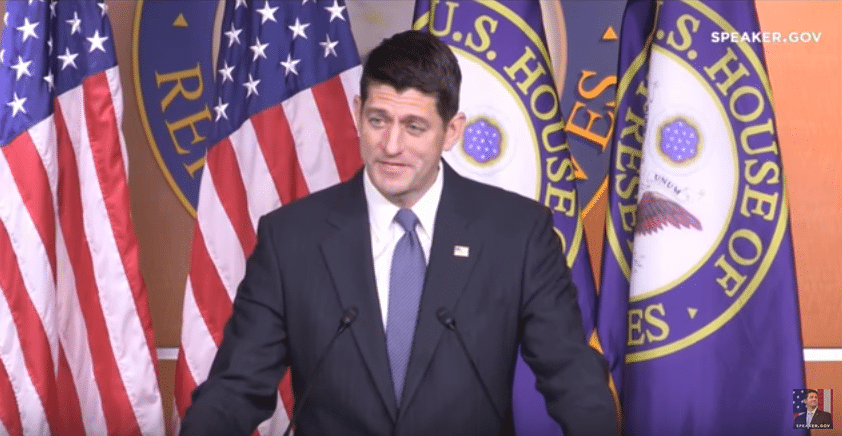House Republican leaders released the first cut of the 2017 Tax Reform legislation on November 2, 2017, setting forth their plan to overhaul the United States Income Tax Code. The bill, the “Tax Cuts and Jobs Act,” includes a broad set of proposed changes to the corporate and individual tax regimes included in the current tax law.
The House bill adds detail to the Republican plan, but generally follows the framework released on September 27. It is expected that the Senate will release its version of tax reform legislation next week.
Among the noteworthy changes identified in a first read of the legislation:
- The bill adds the income levels to which the framework marginal income tax rates of 12%, 25% and 35% percent will apply:
- 12%: Applies to incomes up to $45,000 for individuals and $90,000 for married couple
- 25%: Applies to incomes up to $200,000 for individuals and $260,000 for married couples
- 35%: Applies to incomes up to $500,000 for individuals and $1 million for couples
- As was expected, the bill adds a fourth marginal rate, of 39.6%, which will apply to high-income earners with income in excess of $500,000 for individuals and $1 million for couples
- The bill confirms the increase in the standard deduction for married couples filing jointly from $12,700 to $24,000. For single filers the standard deduction increases from $6,350 to $12,000.
- In increasing the standard deduction, the framework eliminated the itemized deduction for state and local income taxes, as well as real property taxes. The bill restores the property tax deduction but caps the amount that is deductible at $10,000. Currently, the bill does not restore the state and local income tax itemized deduction eliminated in the framework.
- The bill eliminates itemized deductions for medical expenses, property and casualty losses and miscellaneous itemized deductions, such as tax return preparation fees and investment advisor fees.
- The bill continues to allow home acquisition mortgage interest as an itemized deduction, however, the maximum mortgage amount on which the interest is deductible is reduced from $1,000,000 to $500,000.
- The bill eliminates the dependency and personal exemption allowances, currently set at $4,050 per exemption for 2017.
- The bill would create a new “Family Credit” and expand the child tax credit used by working families. The child tax credit would grow from $1,000 to $1,600 for each child. The bill also makes wealthy families eligible for an expanded child credit. While the credit currently phases out for incomes above $115,000, the bill would push the threshold to $230,000.
- The bill would cut the corporate tax rate immediately and make that change permanent. In doing so, the bill cuts the highest corporate marginal income tax rate to 20%, from the current 35% rate. The cut will happen as soon as the tax bill is signed into law.
- The bill provides for a highest marginal tax income tax rate of 25% on business income passed through to equity owners.
- The bill does not immediately repeal the estate tax, as was promoted in the framework. Instead, it would double the amount of wealth not subject to the tax, and institute a full repeal in 2024.
- The bill retains the current income tax treatment for Internal Revenue Code §401(k) plans, as well as other retirement plans, including IRAs.
There is sure to be a great deal of additional negotiation and tweaking as specific language for these provisions is analyzed and the impact becomes more readily apparent. In addition, differences between the House and Senate versions of the bill are virtually certain to generate additional changes.
The timeline for finalizing tax reform is very aggressive. President Trump has called for an approved House bill by Thanksgiving and a bill ready for his signature by Christmas. Such a tight schedule for this type of arduous process is ambitious, and only time will tell if these lofty goals can be met.
The Tax Services team at Grossman Yanak & Ford LLP will continue to monitor these developments closely. If you find you have an interest in specific provisions of the proposed law, please feel free to contact Bob Grossman or Don Johnston at 412.338.9300.
See Related Posts:
Additional Analysis of the GOP’s Tax Reform Framework
“The Big Six” Expected to Deliver Tax Reform Plan in the Next Few Weeks






